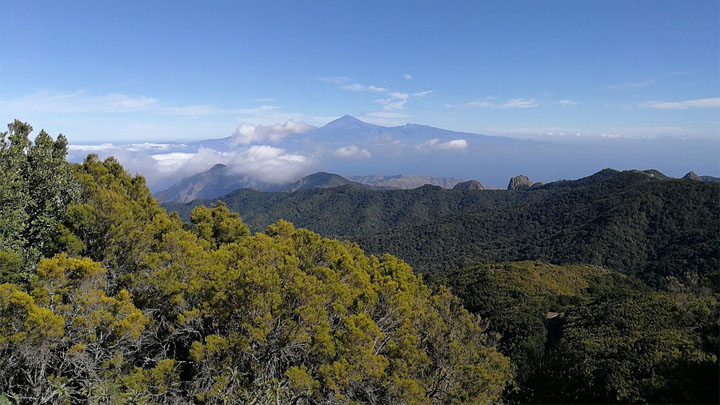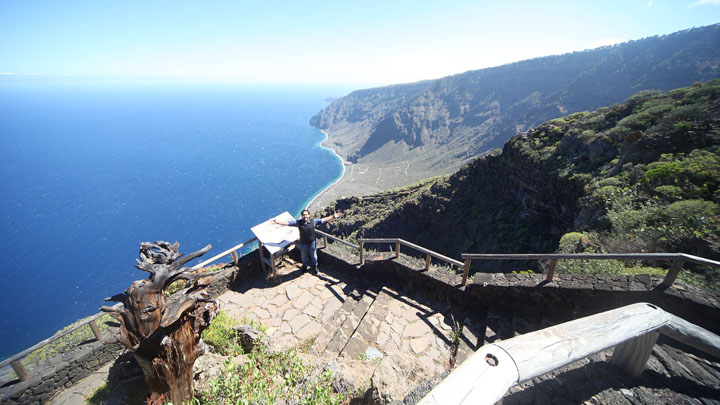
Today we continue our tour of the Canary Islands again to also show proposals in other of its islands, which are also main centers of tourist attraction, although to a lesser extent than others such as, for example, Tenerife. This is the case of La Gomera and El Hierro . Two destinations, which are usually visited, in general, once, but which offer much more than what is seen on that first tour .
The iron
El Hierro is the quietest island in the Canaries and also the most volcanic . In it, there are about 800 mouths , some of them being active. This island, protected by UNESCO since 2014, offers surprising landscapes , thanks to the natural sea pools or the gigantic cliffs. They are places that contrast with the pine forests, the lava formations, the volcanic areas and the stone beaches.
Just by visiting these areas, you would already have a different route through El Hierro, which can also include other places, if they have not yet been seen. This is the case of the beaches of Mar de las Calmas and its coves such as Tacorón .
A must see is the Gulf to see the natural pools , which have been eroded by lava, such as Charco Azul. It is also worth seeing the Pozo de las Calcosas , which is a small bay with fishermen’s houses built in volcanic stone. And, of course, there are several viewpoints . Among the best, is that of San Andrés and its Garoé tree.

La Gomera
La Gomera or Isla Mágica, as it is known, has small black sand coves with mountainous cliffs, valleys with large palm groves, jungles of trees and plants and many places for diving.
This island has more than 40 viewpoints . Alto de Garajonay is the most spectacular, since it is the highest point on La Gomera and you can see other Canary Islands such as El Hierro, La Palma, Tenerife and Gran Canaria.
A maritime excursion along the island’s coastline is a good option to see the entire volcanic cliff that erosion has shaped to form columns that resemble the pipes of an organ.
